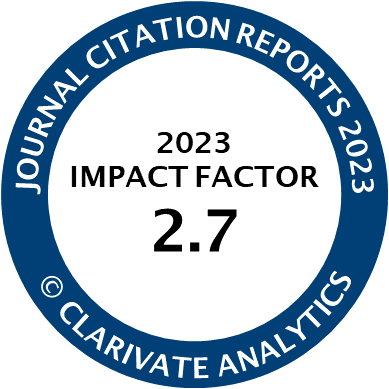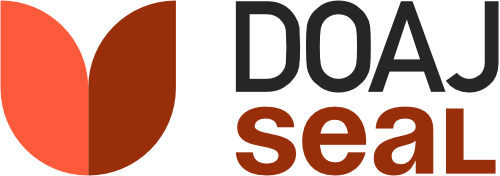Article | Open Access
Obesogenic Features of Food-Related Content Aimed at Children on YouTube
| Views: | 2799 | | | Downloads: | 1722 |
Abstract: Obesity, and particularly childhood obesity, is considered an epidemic by the WHO because of the health problems it causes and its impact on the lives and environment of those who suffer from it. In this article, the term “obesogenic features” refers to the set of supposedly aggravating risk factors that could intensify the proven effect on minors of exposure to food-related media content. The article explores the characteristics of food-related content in YouTube videos aimed at children, with the objective of identifying videos that pose a high risk due to the presence of obesogenic arguments, as well as videos with innovative media trends. It presents an exploratory study of 293 videos (22 hr 41 min) aimed at children and containing food and/or food brands, posted from May 2020 to April 2021 on 28 YouTube channels of food brands and child YouTubers with the largest numbers of subscribers. Child YouTubers often appear to explicitly promote calorie intake as a diet alternative and to disseminate content in which the presence of low-nutrition foods undermines childhood obesity prevention policies. The sensitivity of this target audience and the highly emotional nature of the formats in which messages with obesogenic features appear, such as “challenges,” point to an urgent need to adopt ethical standards and legal measures to regulate such content.
Keywords: advertising; children; child YouTubers; food; obesogenic features; YouTube
Published:
Supplementary Files:
© Victoria Tur-Viñes, Araceli Castelló‐Martínez, Cecilia Barrilero-Carpio. This is an open access article distributed under the terms of the Creative Commons Attribution 4.0 license (http://creativecommons.org/licenses/by/4.0), which permits any use, distribution, and reproduction of the work without further permission provided the original author(s) and source are credited.




